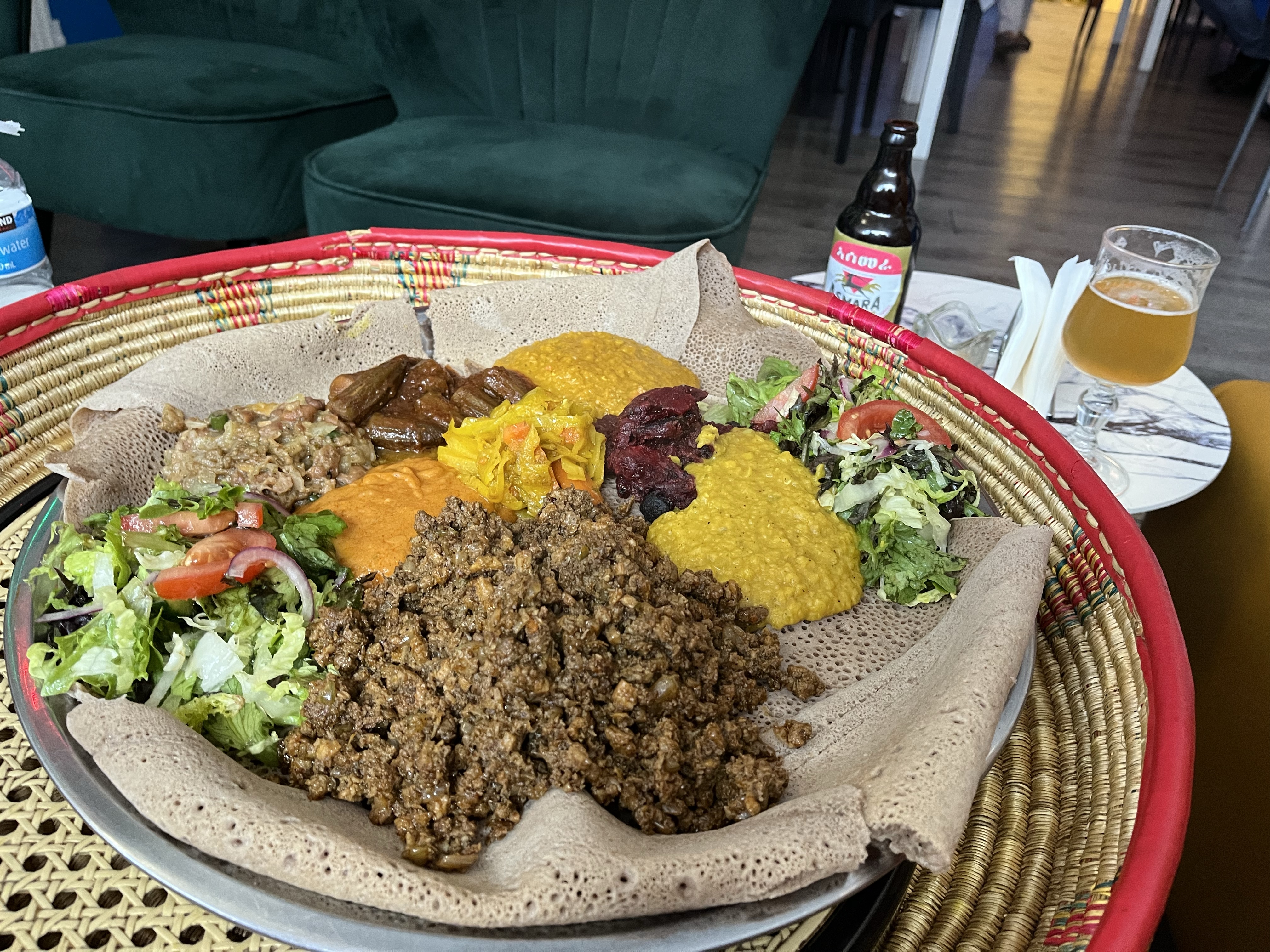
One of my favourite things to do is wander around areas that have a higher number of ethnic minorities and learn about their food and culture.
Many chefs aspire to cook Michelin-starred fine dining food, and it is amazing, but that has never really been my thing. Don’t get me wrong, I love to eat out at high-end places for special occasions, but when it comes to my own cooking, you’ll very rarely catch me with a pair of tweezers in hand, unless I’m food styling for a photo shoot.
What has always fascinated me and what I love to cook is what people eat in other parts of the world. Rustic fish stews, chargrilled meat and vegetables and the many forms of bread. My blood type is gluten. It’s not only the food, it’s the people and their stories. Food is the connection when there are language barriers it’s the universal connection for all us.
It all started when I worked in an Italian restaurant for my school work experience. There were only a few of us from the UK. The chef, Bart, was a small but frightening man. On my first day, I was advised not to speak to him. They told me he would just go into the walk-in fridge, drink whiskey, come out, and set fire to himself while cooking. If he did that, I shouldn’t worry about it, as it was normal. This made him an enigma to me, and I didn’t even dare to look at him.
The sous chef introduced me to lots of things I had never had before, like capers, anchovies, and many other things.
One time, the owner, an Italian guy, came into the kitchen and collided with one of the waitresses, who was carrying a plate of spaghetti in tomato sauce. It went all over his crisp white shirt. He started yelling and screaming in Italian. Then he looked at me, threw a fistful of ten pound notes at me, and said, “Go buy me a new shirt.”
I don’t even remember the actual shirt buying process. I must have blocked it out of my mind because I was so nervous at the time. However, I do remember thinking it was one of the coolest things I had ever witnessed. A sort of Doncaster Godfather.
I ended up going on a date with his son, he was lovely but not for me. For the next few months, the godfather’s son used to walk his dog up and down outside my house, looking in hoping to bump into me, much to my parent’s amusement.
A couple of years later, I went to work in an Indian restaurant. When I started working there, I said I didn’t like curry and that I wouldn’t eat anything spicy.
At the end of our shift, usually around one or two o’clock in the morning, the staff would sit down to eat the staff curry. I was too scared to try it. It was a big pan of bubbling, oily liquid full of bones from chicken necks. The staff used to fish out the chicken necks and nibble the meat off them.
The owners offered to cook me a mild dish, but I had to wait for them to finish cashing up. So I would watch all the boys eat their food. The owners had Bengali heritage, and they were Hindus. Most of the waiters had Punjabi heritage and were Sikhs. The chefs in the kitchen came from all over the world.
There was Kumar, the head chef, who wasn’t even five feet tall. I think he might have only had one eye, and he didn’t speak much English. He used to look at me and say “secret recipe” a lot. He used to sleep above the restaurant in a little dirty single bed in a storeroom where we used to get our equipment from. It was the kind of bed you’d see on these modern slavery documentaries, but he seemed really happy with it. When his nephew came over from India, he wasn’t even allowed to sit with us because he was of a higher caste than us waiters.
I was fascinated by all the different religions, countries, languages, and customs. I used to ask them lots of questions about what they ate at home and what their temples were like. They encouraged me to try their food, and gradually, with a little taste every week, I started to enjoy it, I even joined in on their pickled chilli eating contests.
The boys used to play bhangra music and dance in the middle of the restaurant, each thinking they were the best dancer. I learned so much working there. I absolutely loved it by the time I finished working there. I was ready to try anything. The owner showed me how to make a crab curry and gave us all live oysters one Christmas Eve.
My mum had given me a stern warning not to get drunk on Christmas Eve and not to be hungover on Christmas Day. I promised I wouldn’t get drunk. So I only had a couple of drinks with the crab curry and the raw oysters.
It came to Christmas morning, and my mum woke me up. I proceeded to vomit, vomit and vomit again. I felt awful. My mum went absolutely mental, thinking that I had broken my promise and got drunk. I can’t blame her as I was a wild teenager. I couldn’t understand it. I had only had two drinks. Then I spoke with my friend who also had the oysters. She was also in trouble with her mum for being poorly all morning. Later, we found out the boys were too. It was the oysters, and finally, my mum believed me.
Later, I became a nurse working in Leeds, where I worked with doctors and nurses from all over the world. I learned about Filipino food and got to try caldereta and vermicelli with chicken livers. I learned how to make curry from a nurse from Kerala, India. I learned how to make jerk chicken and rice and peas from a Caribbean patient. I learned where to get the best Persian food, Haftsin’s in Leeds, from an Iranian patient. This is only a snapshot of what I learned.
It was the experience of working in these places that started my fascination with food from different countries and cultures.
Now, when I’m on my food tours, there’s no one I’d rather take with me than my friend Johnny Clasper. We call our days out “freestyling.” We just pick an area, wander around, and come across things. We learn so much from each other. Johnny is a world-famous stone mason and sculptor, but he’s also a brilliant cook. He has a South African potjie, a cauldron-like pot in which he makes stews over the fire. He is going through a Middle Eastern phase at the moment, making salads with orzo to go with lamb chops. He even soaks the raisins in raki before putting them in the salad.
Johnny is also one of those “anything goes” kind of people. So, when we were wandering through the streets of Harehills one day, I smelled this amazing, chargrilled meat aroma. I just had to know where it was coming from, so I dragged him along, saying, “Come on, let’s go and find out where that smell is coming from. We need to go in and eat there.” I saw the shop doorway on the corner near the old Gaiety nightclub in Harehills. We opened the door to what looked like someone’s living room, but I’ll tell you all about that in the next article.
My journey of exploring different cultures and their cuisines has been a fascinating and enriching experience. From working in Italian and Indian restaurants to discovering diverse dishes as a nurse in Leeds, I have been exposed to many flavours and traditions. Alongside my friend Johnny, we continue to embark on food tours, expanding our knowledge and palates.
Food has become a bridge that connects us to people from all walks of life, and I look forward to more adventures and discoveries with my wonderful, creative friend and I’m going to write about them for any of you who find our adventures interesting. I’m also writing for me to look back on with nostalgia, as an amazing period in my life.

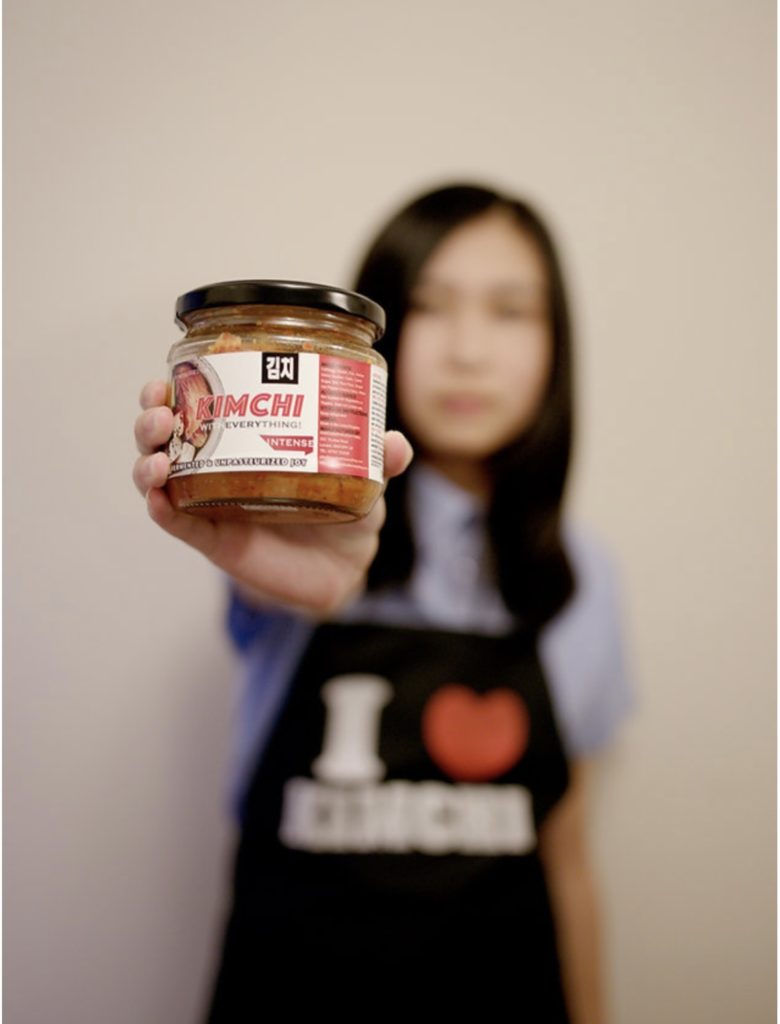
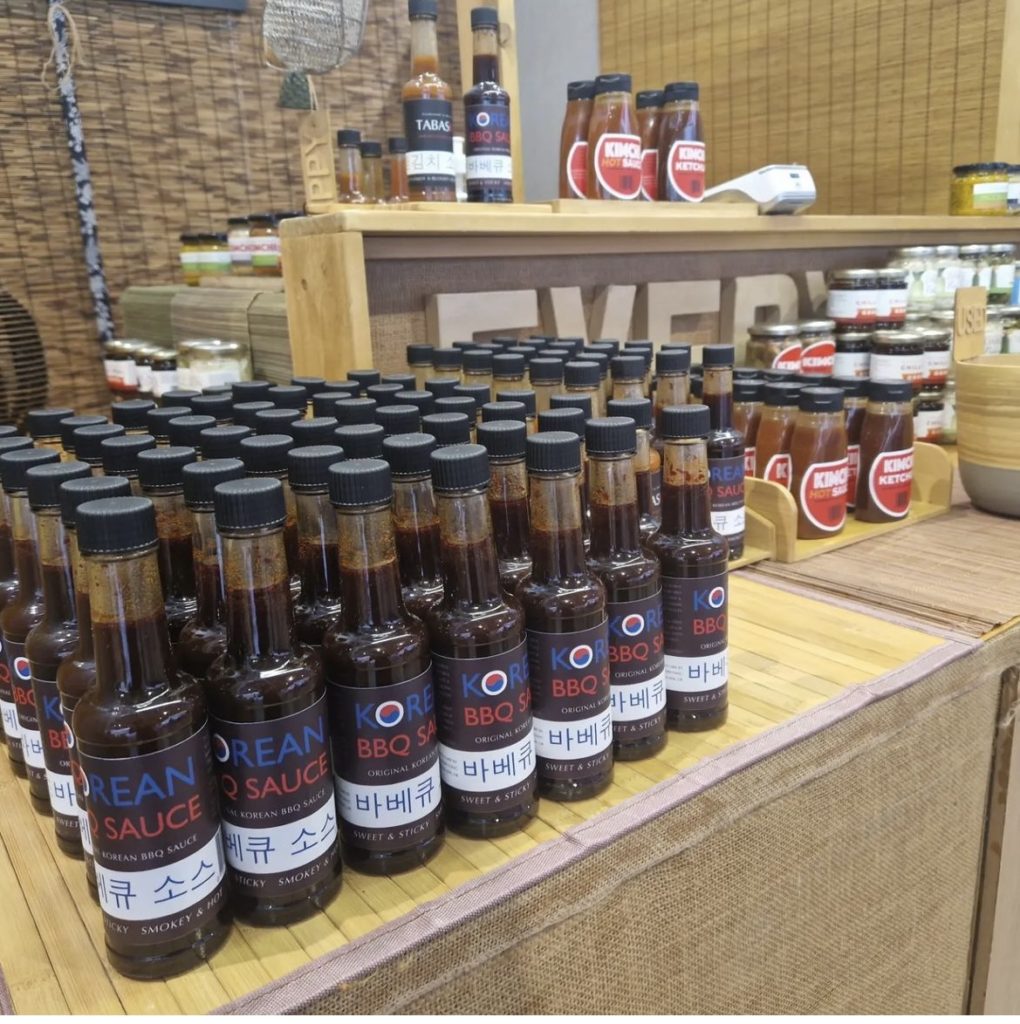
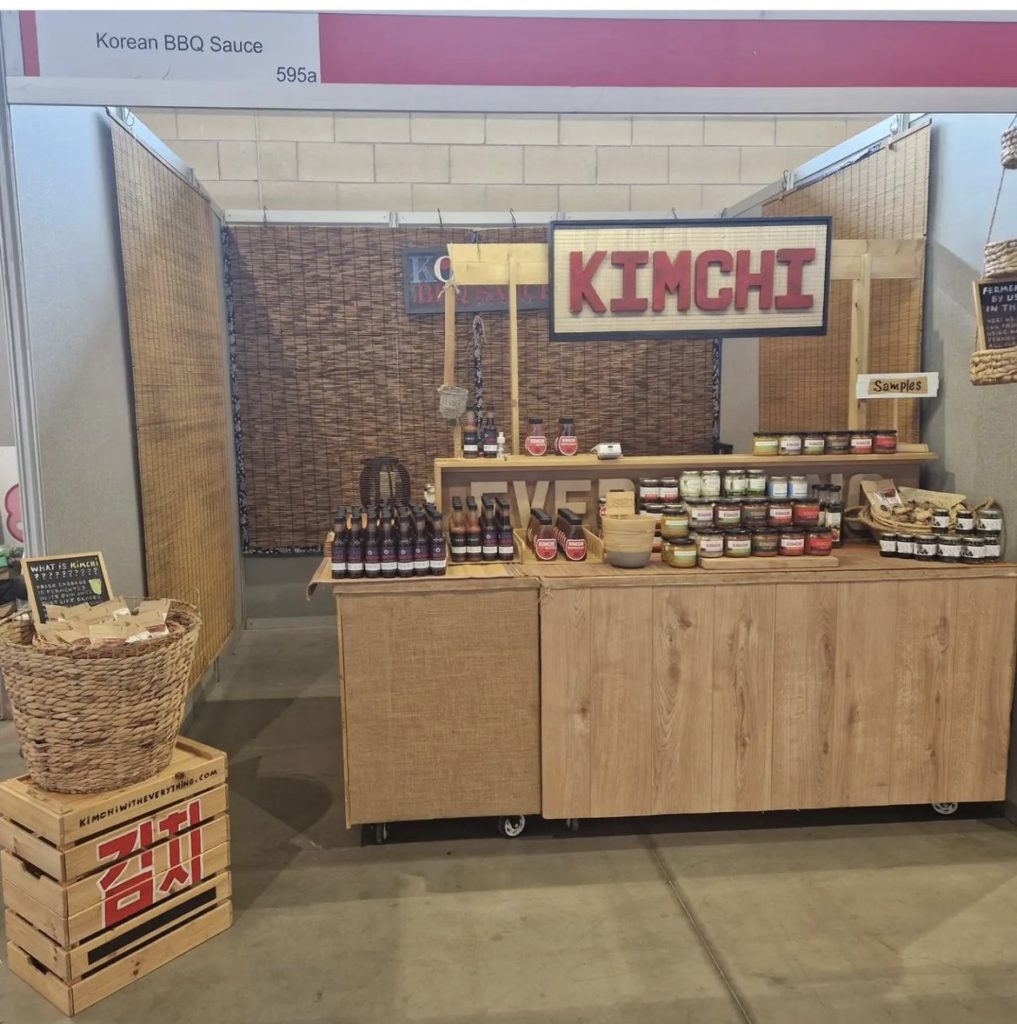
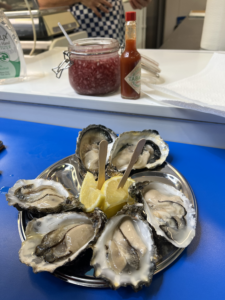
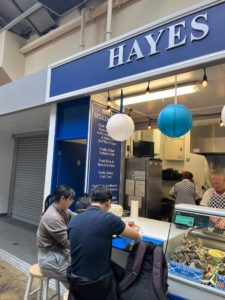

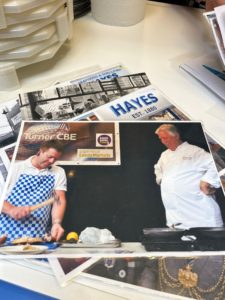




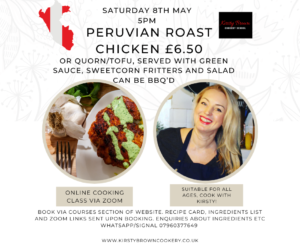 This Saturday 8th May 5pm we’ll be cooking Peruvian food. Pollo a la Brassa, Peruvian roasted chicken was developed in the 1950s in Lima by two Swiss hoteliers/restauranteurs. Originally served only in high end restaurants, it’s now popular all over Peru.
This Saturday 8th May 5pm we’ll be cooking Peruvian food. Pollo a la Brassa, Peruvian roasted chicken was developed in the 1950s in Lima by two Swiss hoteliers/restauranteurs. Originally served only in high end restaurants, it’s now popular all over Peru.